Does A Nipple Piercing Hurt? Its Pain Scale And Relief Tips
It is going to hurt, but the pain is not impossible to overcome if you manage it the right way.

Image: Shutterstock
A nipple piercing is a unique and daring way to express yourself. But does a nipple piercing hurt? Of course it does, possibly a lot more than most other piercings, since the nipples are hotspots for quite a few nerve endings, making them super sensitive. The real question is, how much does it hurt? Is it manageable? Well, that depends on multiple factors. But, in general, if you are determined to go for this intimate piercing, nothing can stop you. In this article, we will discuss all about nipple piercings, their pain levels, factors that may affect the pain, and how you can deal with it. So if you are willing to take the plunge but are concerned about the pain, scroll down to get all the answers.
In This Article
Does A Nipple Piercing Hurt?
The pain associated with nipple piercing may vary among individuals due to the differences in pain tolerance and anatomy. The procedure involves inserting a needle through the nipple, causing a brief, intense sensation. Many describe the pain as a sharp pinch or intense pain, lasting only for the duration of the piercing. Some may experience heightened sensitivity due to the concentration of nerve endings in the nipple area. However, the discomfort generally lasts for a short duration, and the expertise of the professional plays a major role in a smooth piercing experience.
The degree of pain also depends on the type of nipple piercing. Check out the section below to learn about different types of nipple piercings and how painful they are.
Key Takeaways
- Nipple piercings, influenced by factors like pain tolerance and piercing type, offer a unique form of self-expression.
- Consistent aftercare, including saline soaks and appropriate clothing choices, is crucial for a comfortable and trouble-free healing journey.
- Timely recognition and medical attention for potential complications, like infection symptoms or signs of rejection, ensure proper management during the healing process.
How Bad Do Nipple Piercings Hurt?
Following are the major types of nipple piercings and the varying levels of pain they cause:
- Horizontal Nipple Piercing
The pain experienced in a horizontal nipple piercing is commonly linked to a moderate pinch or pressure, falling within a manageable range of 4 to 6 on the pain scale. This type of piercing involves passing the jewelry horizontally through the nipple.
- Vertical Nipple Piercing
In contrast to the horizontal approach, a vertical nipple piercing may induce a slightly more intense sensation, with the pain scale typically ranging from 5 to 7 out of 10. The jewelry traverses the nipple in a vertical orientation.
- Single Nipple Piercing
Whether horizontally or vertically oriented, the pain levels for a single nipple piercing remain relatively consistent, usually falling in the range of 4 to 6 out of 10 on the pain scale.
- Double Nipple Piercing
Opting for simultaneous piercing of both nipples, whether horizontally or vertically, can heighten the discomfort. The pain scale in this scenario tends to range from 6 to 8 out of 10.
 Pro Tip
Pro TipAlthough the pain level depends on the type of piercing, the initial period of discomfort and healing time almost remain the same. Check out the section below to know more.
How Long Does A Nipple Piercing Hurt?
The initial pain following a nipple piercing tends to lessen within the first week. However, it is important to note that soreness and heightened sensitivity can continue for an extended period, ranging from several weeks to a few months throughout the healing process. This timeframe varies among individuals, influenced by factors such as personal pain tolerance and adherence to aftercare practices.
There are many factors that can affect the degree of discomfort and pain associated with nipple piercings. Check out what these are from the section below.
What Factors Can Affect Nipple Piercing Pain?
- Individual Pain Tolerance
People have varying pain thresholds; some may find the sensation of a nipple piercing more intense, while others experience it as a manageable discomfort based on their unique sensitivity levels.
- Expertise Of The Piercer
The skill and technique of the body piercer play a crucial role. Experienced professionals understand optimal placement, use precise methods, and work efficiently to reduce the overall discomfort associated with nipple piercing.
- Jewelry Type
The choice of nipple piercing jewelry, whether straight barbell, captive bead rings, or other options, can influence the initial pain level and subsequent soreness of the nipple tissue, as different styles may interact with the healing scar tissue in distinct ways.
- Technique Used
The method employed and the speed of the procedure can impact pain perception, with some techniques causing a quicker, sharper sensation. For example, using a piercing gun may sound like a less painful option to some as it is quicker, but it can cause more tissue damage due to inaccuracy. On the other hand, imagining the needle going through your nipple might be more spine-chilling, but it is more precise and less messy, resulting in a quicker and smoother recovery time.
- Aftercare Practices
Properly following nipple piercing aftercare, including cleaning routines and care instructions provided by your piercing studio, significantly contributes to minimizing discomfort during the healing process and helps prevent complications.
- Individual Anatomy
Variances in nipple sizes, shapes, and sensitivity among individuals contribute to different sensations during the piercing process, making each person’s experience unique.
Riley Black, a blogger, shared her experience of getting a nipple piercing in a blog post. She says, “The actual stick didn’t hurt all that much. It was the soreness that came after, as if my body was waking up to what I’d just done, that made me go “Yowww.” But that stopped after about an hour and I admired the new set of bumps underneath my shirt (i)”.
Irrespective of these factors, you can surely follow a few prevention tips to manage your nipple piercing pain. Check out the section below to know more.
Tips To Prevent Nipple Piercing Pain
- Choose a Skilled Piercer: Opt for an experienced and professional piercer to ensure precision and efficiency during the procedure. Also choose a piercing shop that maintains high quality chances to ensure a smooth nipple piercing process.
- Consider Numbing Options: Discuss numbing options with your body piercer, such as topical anesthetics, to temporarily alleviate pain during the piercing.
- Select Appropriate Jewelry: Work with your piercer to choose nipple piercing jewelry that suits your anatomy, reducing the likelihood of irritation and discomfort. Gold, surgical stainless steel, titanium, and acrylic are usually well tolerated and generally recommended (1).
- Use Pain Relievers (If Advised): Consult with your piercer or healthcare provider to determine if over-the-counter pain relievers are suitable for you and if advisable take them to manage any severe pain.
- Follow Aftercare Instructions: Adhere to proper aftercare practices, including saline solution soaks and usage of antibacterial soap (if advised), to promote healing and reduce the risk of complications.
- Avoid Tight Clothing: Choose loose-fitting clothing to prevent unnecessary friction and irritation on the healing piercing. Avoid sports bras or tight-fitting bras in the healing period to minimize the discomfort.
 Pro Tip
Pro TipAlong with following these aftercare steps, it is essential to monitor your nipple piercing for signs of complications and seek medical attention if required. Check out the section below to know when you should consult a doctor.
When To See A Doctor?
If you see any of the following signs, it is time to go to a physician.
- Persistent Infection Symptoms: If you notice prolonged redness (erythema), warmth, tenderness, or unusual discharge, it could indicate risk of infection that requires medical attention (2). Medical advice becomes more important in case of infected nipple piercing, as that area is susceptible. It is imperative to regularly check your piercing to identify any signs of infection early on.
- Allergic Reactions: If you suspect an allergic reaction to the nipple piercing jewelry, characterized by persistent itching, rash, or swelling, seek medical advice (2).
- Signs of Rejection: If the piercing starts to migrate or is pushed out by the body, it may indicate rejection (3). Consult a professional promptly.
- Unusual Lumps Or Bumps: Any abnormal growths or persistent bumps around the piercing site should be examined by a healthcare professional, as these may indicate a bacterial infection (4).
While nipple piercings are a bold way of expressing oneself, it is important to know the health risks associated with them before taking the plunge. On that note, scroll down to understand how a nipple piercing may lead to some health issues.
Health Risks Of Nipple Piercings
Here are some of the top health risks associated with nipple piercings:
- Increased risk of bacterial infections due to open wounds.
- Possible allergic reactions to jewelry materials, especially nickel.
- Potential for keloids or hypertrophic scars during healing.
- Risk of nerve injury, leading to altered sensations.
- Possible damage to milk ducts, affecting breastfeeding.
Infographic: Understanding Nipple Piercing Pain And How To Minimize It
Navigating through nipple piercing requires thoughtful considerations, especially regarding pain control and wound healing. In this comprehensive infographic, we explore the various types of nipple piercings, pain tolerance expectations, and pain management tips. Scroll down and check it out.
Illustration: StyleCraze Design Team
Nipple piercing is a bold and expressive form of body modification. These piercings can cause discomfort and pain that subside gradually. The pain range is also often associated with the type of nipple piercing. However, sticking to aftercare practices like careful cleaning and wearing comfortable clothing can minimize the pain and discomfort. If you notice redness, swelling, or migration of the piercing, it is advised to consult a healthcare professional to minimize the risk of infection. However, following all the advised precautions and choosing a skilled professional can ensure a smooth piercing journey.
Frequently Asked Questions
Do nipple piercings increase sensitivity?
While some report heightened sensitivity, individual responses vary. Nipple piercings can enhance sensation for some individuals, contributing to a more pleasurable experience during intimate activities.
Do you lose feeling in your nipples after piercing?
Losing feeling in the nipples is uncommon, but temporary changes like increased sensitivity can occur. Consult with a piercing professional for personalized guidance based on your specific circumstances.
Do nipple piercings hurt more than nose piercings?
In general, nipple piercings are often considered among the most painful body piercings due to the nipple’s sensitivity. However, pain thresholds and experiences may differ from person to person and pain perception is also subjective.
Is it normal for my whole breast to hurt?
Persistent breast pain is unusual after nipple piercing. If discomfort extends beyond the initial healing period, seek advice from a piercing professional to rule out complications.
Curious about nipple piercing pain levels? Explore varied experiences and essential tips for a smoother process and know what to expect from it. Watch for complete insights!
Personal Experience: Source
StyleCraze's articles are interwoven with authentic personal narratives that provide depth and resonance to our content. Below are the sources of the personal accounts referenced in this article.
(i) Getting My Nipples Pierced Was One of the Best Decisions I Ever Made
https://rileyblackwrites.medium.com/getting-my-nipples-pierced-was-one-of-the-best-decisions-i-ever-made-f7cf5b703614
References
Articles on StyleCraze are backed by verified information from peer-reviewed and academic research papers, reputed organizations, research institutions, and medical associations to ensure accuracy and relevance. Read our editorial policy to learn more.
- Piercings in medical students and their effects on the skin
https://www.ncbi.nlm.nih.gov/pmc/articles/PMC4230659/ - Body Piercing Infections
https://www.ncbi.nlm.nih.gov/books/NBK537336/ - Complications of body piercing
https://pubmed.ncbi.nlm.nih.gov/16342832/ - Common complications of body piercing
https://www.ncbi.nlm.nih.gov/pmc/articles/PMC1071670/
Read full bio of Rodrigo Casco
Read full bio of Aparna Harry
Read full bio of Shreya Mukherjee
Read full bio of Sangita Goel






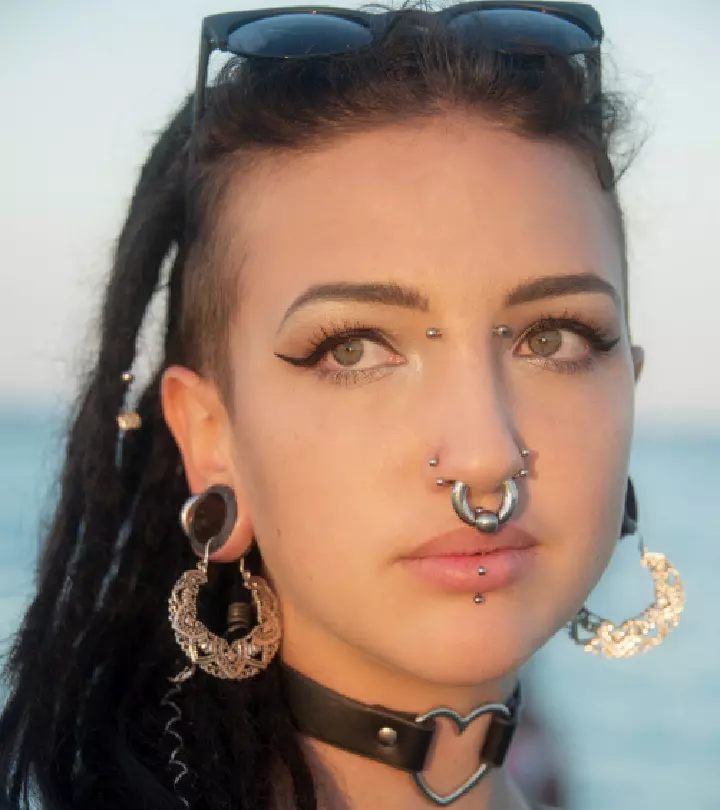

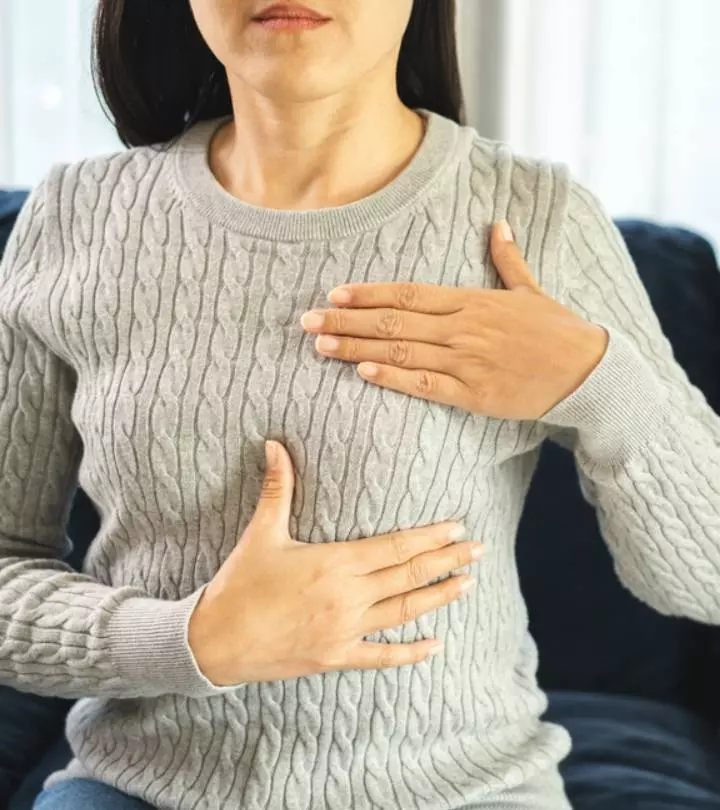
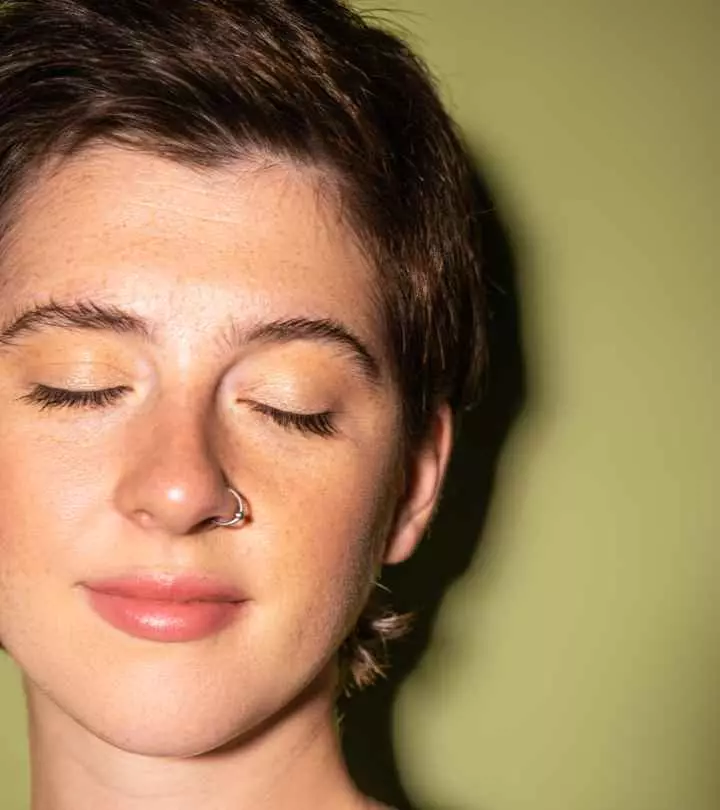
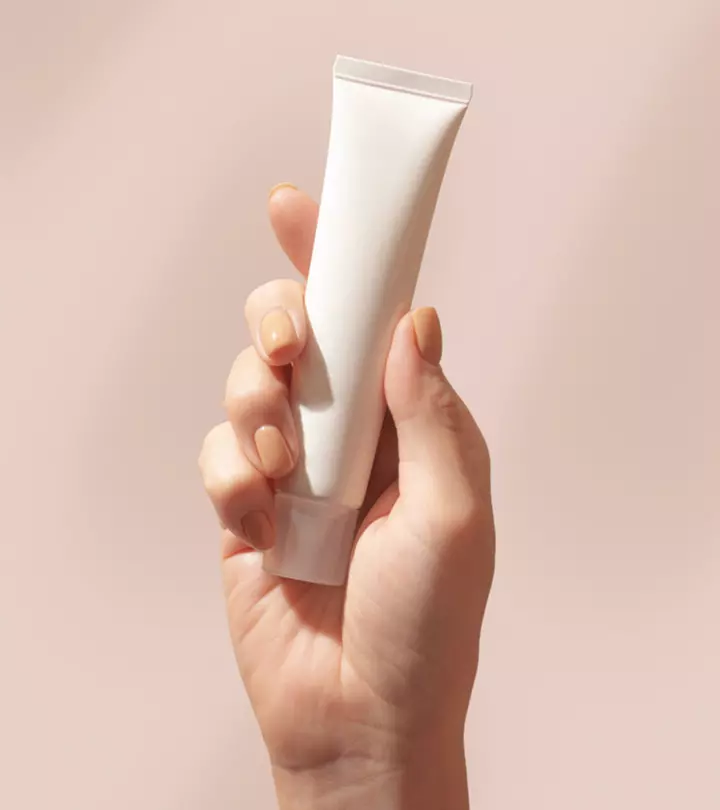
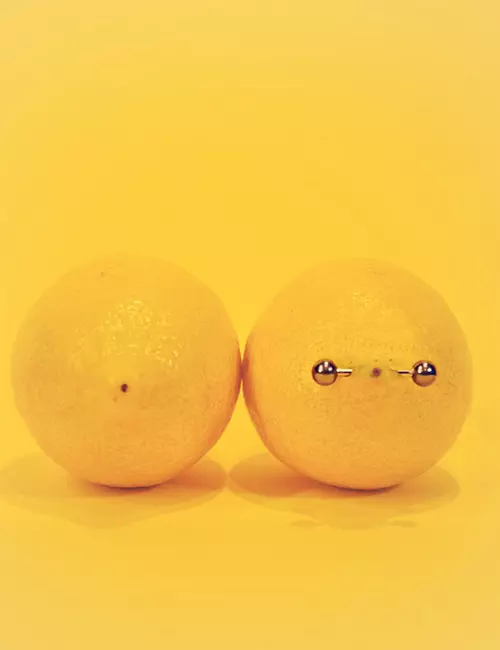
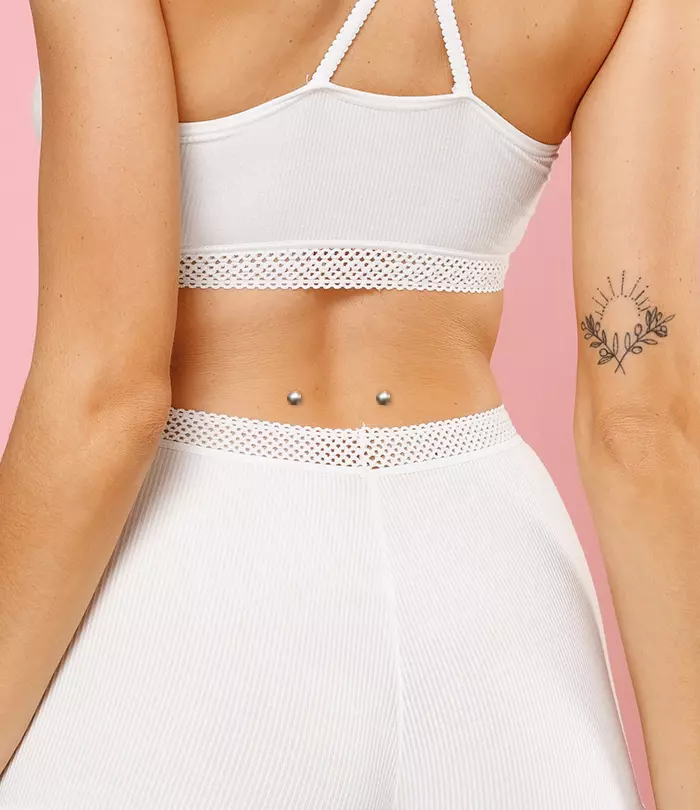
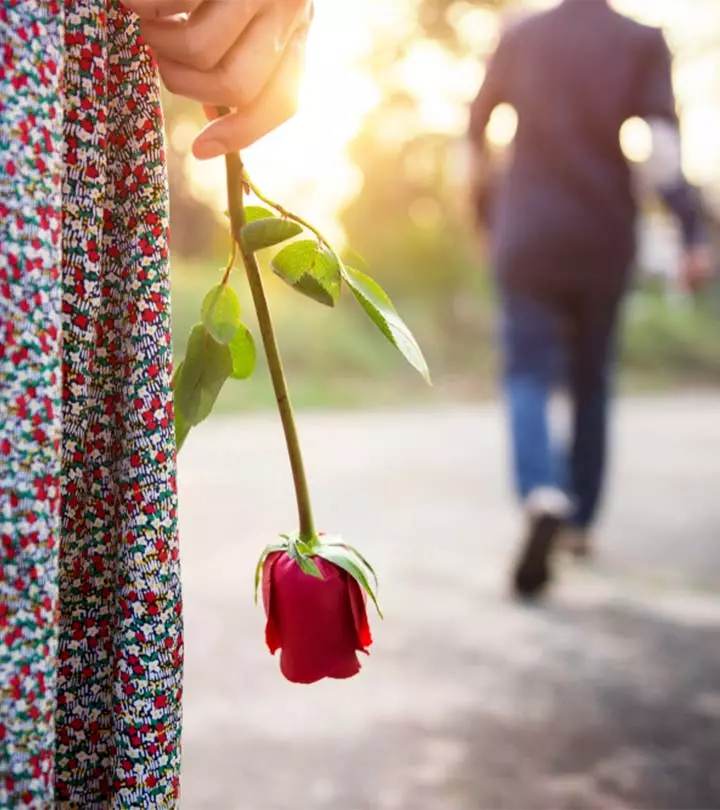



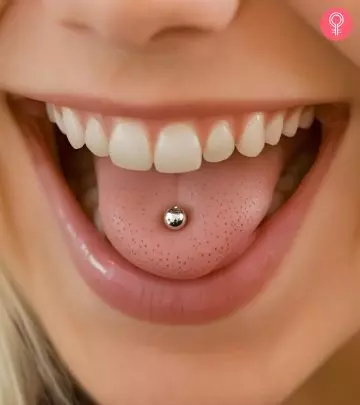
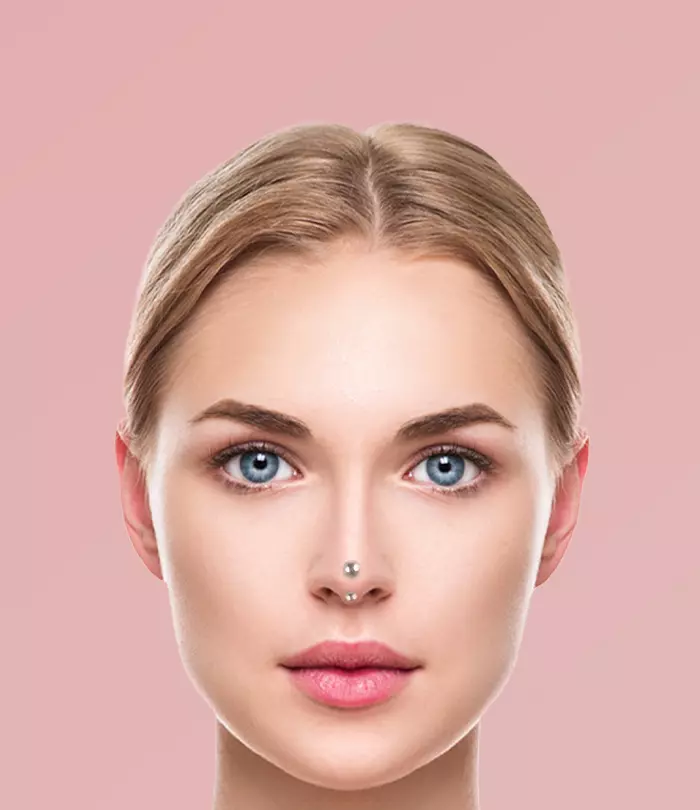

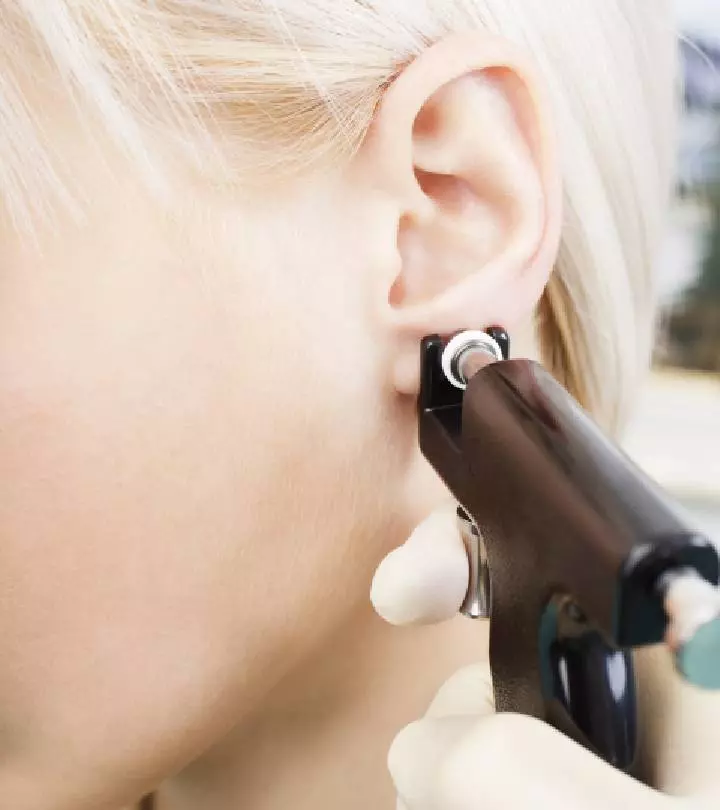
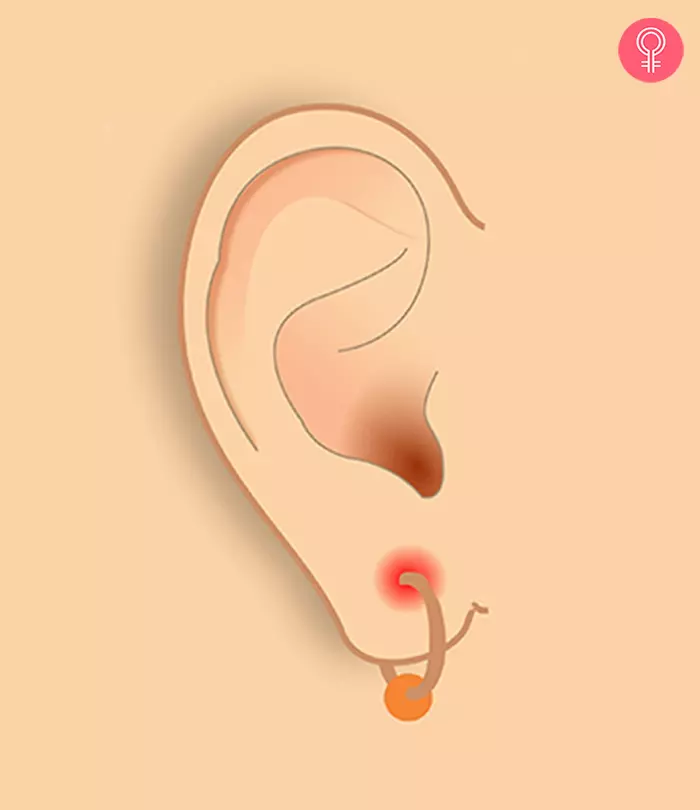
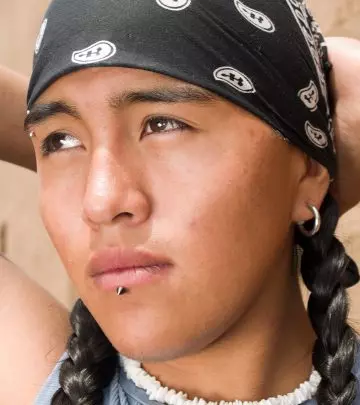
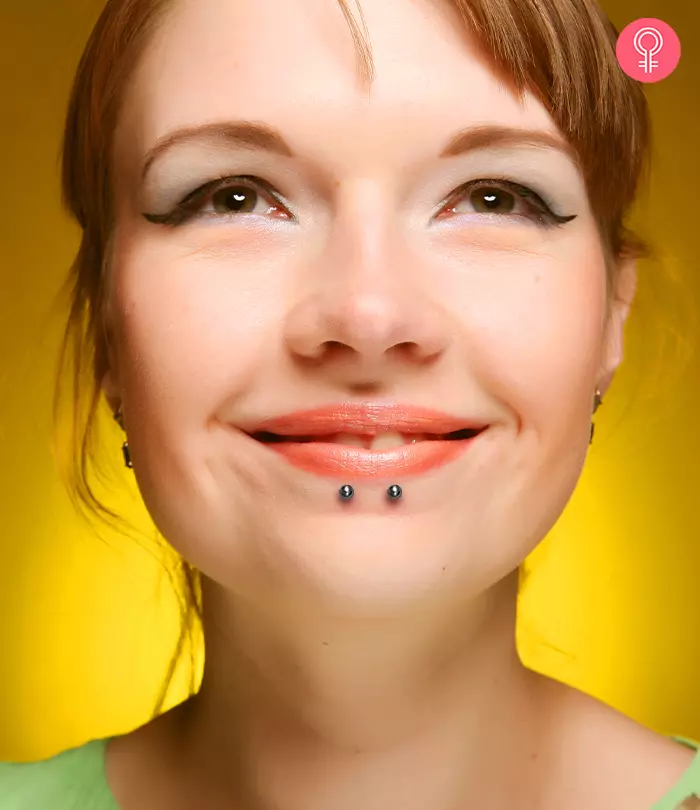
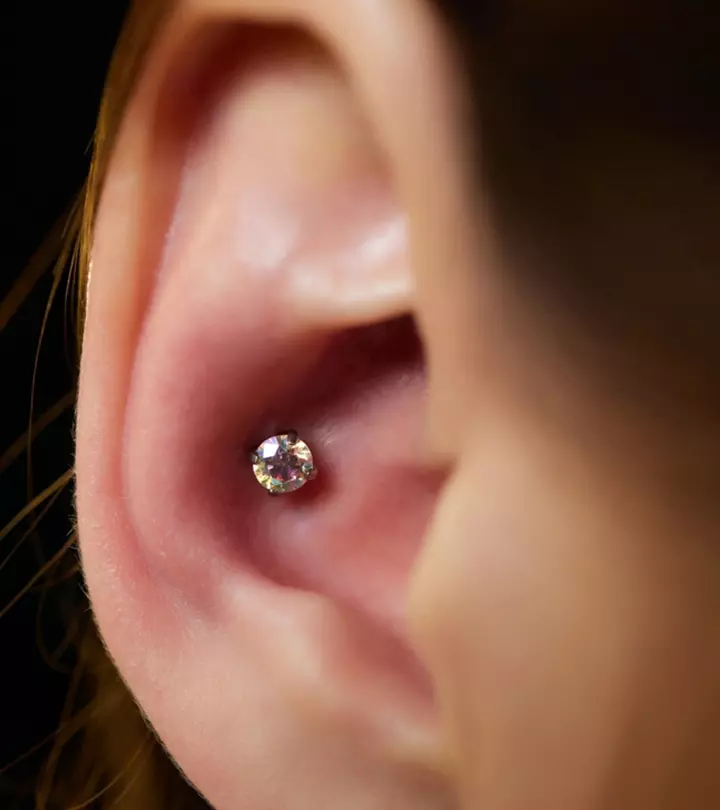

Community Experiences
Join the conversation and become a part of our empowering community! Share your stories, experiences, and insights to connect with other beauty, lifestyle, and health enthusiasts.